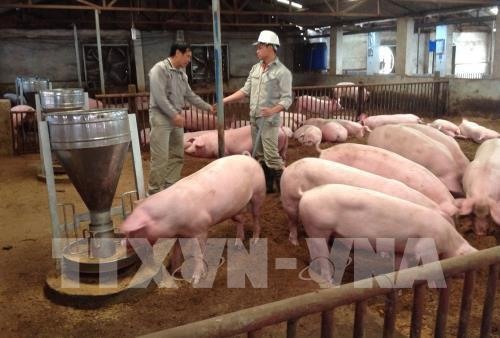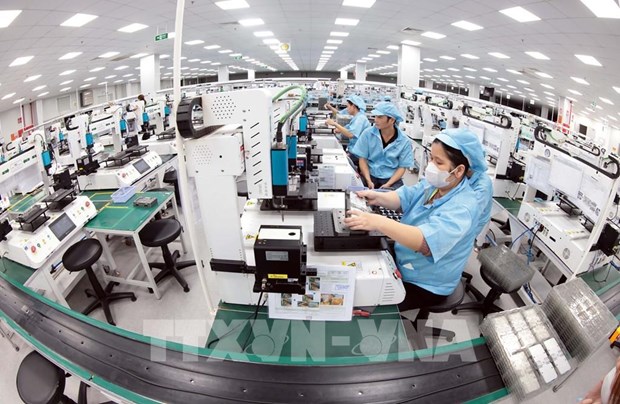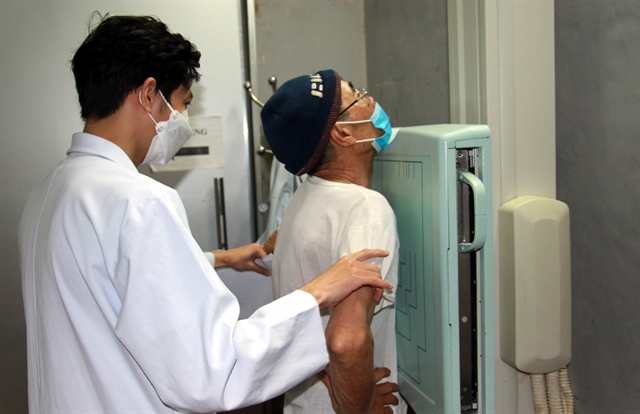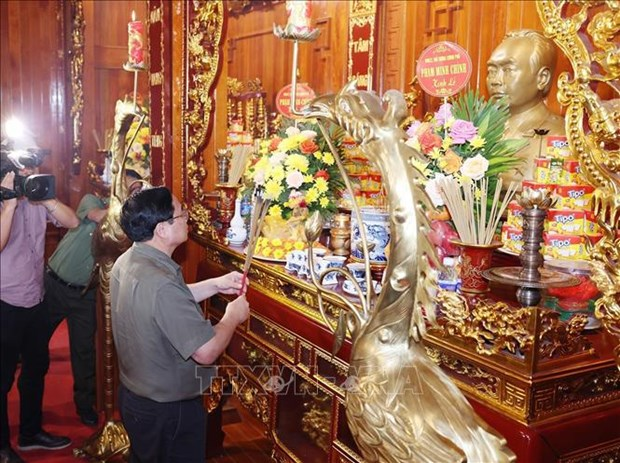 Society
Society

Việt
 |
| A pig farm in southern province of Đồng Nai.— VNA/VNS Photo |
HÀ NỘI — Việt
Under the framework, the chain should mainly focus on the origin and quality of pork as necessary criteria for sustainable development of pig farming industry, suggested agricultural experts at a workshop held on Tuesday by the Department of Livestock Production under the Ministry of Agriculture and Rural Development in Hà Nội.
Speaking at the workshop, Võ Trọng Thành, a representative of the department, said it was estimated that pork accounted for 75 per cent of the total meat consumption in the domestic market each year.
Việt
However, it still lacks a supply chain to provide safe pork for consumers, he added.
The department has co-operated with the Hà Nội-based Embassy of the
The project, worth about VNĐ30 billion (US$1.29 million), saw the participation of over 1,300 households. It has concentrated on controlling food hygiene and safety in slaughterhouses, improving the capability of managing pig farms, preventing diseases, farming pigs under VietGap (Vietnamese Good Agricultural Practices) standards and creating links to connect producers and consumers.
The project’s results showed that the ratio of slaughterhouses in the northern region that had signed a contract to provide pork to traders and companies remained at a low level. For example, it was only 8 per cent in Hà Nội.
In the meantime, the ratio is much higher in the southern region, reaching 42 per cent in
According to the results, most pig farm owners did not buy breeding pigs; they often selected healthy baby pigs from their available pig farms to raise. Therefore, the quality of breeding pigs is not sustainable.
Additionally, modern abattoirs in the localities were not operating at full capacity because people still preferred to use traditional slaughterhouses. As estimated, the modern abattoirs only operated at 50 per cent of their capacity.
Another issue was that pig farm owners and traders had yet to fully focus on the quality of pork meat to provide to the market.
The local administration failed to get rid of traditional slaughterhouses that were operated without licences and did not follow national standards on food hygiene and safety.
Another cause was that awareness of pig farm owners, slaughterhouses and traders about food safety and hygiene was still limited.
And the last reason was that the country lacked a strong framework to better control the issue of food hygiene and safety, the results pointed out.
Ron Dwinger, the project’s coordinator, said that building the national framework for a supply chain to provide safe pork was an essential requirement for the livestock sector in Việt




.jpg)



